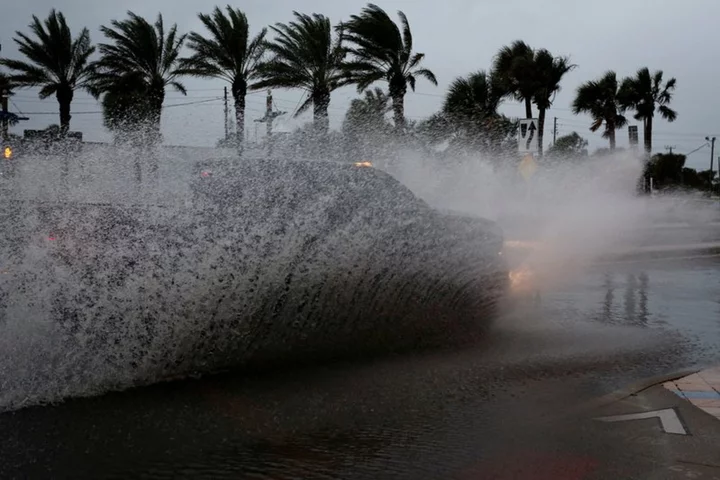By Nell Mackenzie
LONDON Catastrophe bond funds rank among the 10 best performing credit funds this year, as the hurricanes, earthquakes and other disasters that could trigger payouts have either not happened or not been sufficiently severe.
The catastrophe, or cat bonds, represent money borrowed by insurance companies from capital markets.
If the insurance company needs that money because a specific event has taken place, investors might lose their initial outlay, but if the catastrophe covered by the bond does not take place, the bond retains its value.
Funds from Securis Investment Partners, Schroders, GAM, Franklin Templeton K2 Advisors and LGT Capital Partners have all returned over 8% so far this year, among the bond funds that research firm Kepler tracks. It did not provide a year-on-year comparison.
Kepler tracks Undertakings for Collective Investment in Transferable Securities (UCITS), which are regulated like mutual funds and serve investors that want quicker, more transparent access to their money.
"The fund’s performance year-to-date is mainly driven by the current attractive reinsurance rate environment following the last few loss-heavy years," said LGT Capital Partners which oversaw one of the top performing funds.
It pointed to a lack of any "major insured events", but added the fund held a diversified set of bonds with different categories of catastrophe and from different regions.
HURRICANE LOSSES AND HIGHER YIELDS
Last year, losses occurred from storms such as Florida's category five hurricane. So this year, cat bonds were issued with higher yields, thereby rewarding investors for holding them.
Peak hurricane season starts around September and U.S. hurricanes are one of the most common events covered by cat bonds, according to Morningstar.
In a report last week, it also said the cat bond market is worth over $40 billion, compared with the more than $133 trillion global bond market.
As the planet has heated up and the number of climate events has risen, so have the insured losses from natural disasters.
In the first half of 2023, insured losses hit their second-highest since 2011, at over $50 billion and severe thunderstorms accounted for 70% of that total, Swiss Re said in a separate report on Wednesday.
But events covered by cat bonds may still not have taken place, or been severe enough to generate payouts.
Another reason for the bonds' strong performance is that many cat bonds are secured by collateral held in cash and inflation has helped to boost their value.
GAM investment specialist Ralph Gasser said cat bonds were no riskier than similarly yielding bonds.
"They provide a much better compensation of risk per unit of risk, which is largely a reflection of the supply/demand characteristics of the cat bond market," Gasser said in an email to Reuters.
He said cat bonds averaged a 0.9% yearly loss for the last 20 years, while global corporate high-yield bonds lost about an average of 2% yearly, in that time.
Raphael Rayees, portfolio manager at Securis Investments linked the performance of their fund to trying to capture the upside of risk while reducing fund volatility.
Catastrophe bonds this year and in general, have benefited from their lack of correlation to the broader financial markets, he said.
Schroders declined to comment and Franklin Templeton did not immediately respond to a request for comment.
(Reporting by Nell Mackenzie; Additional reporting Alessandro Parodi; Editing by Amanda Cooper and Barbara Lewis)

